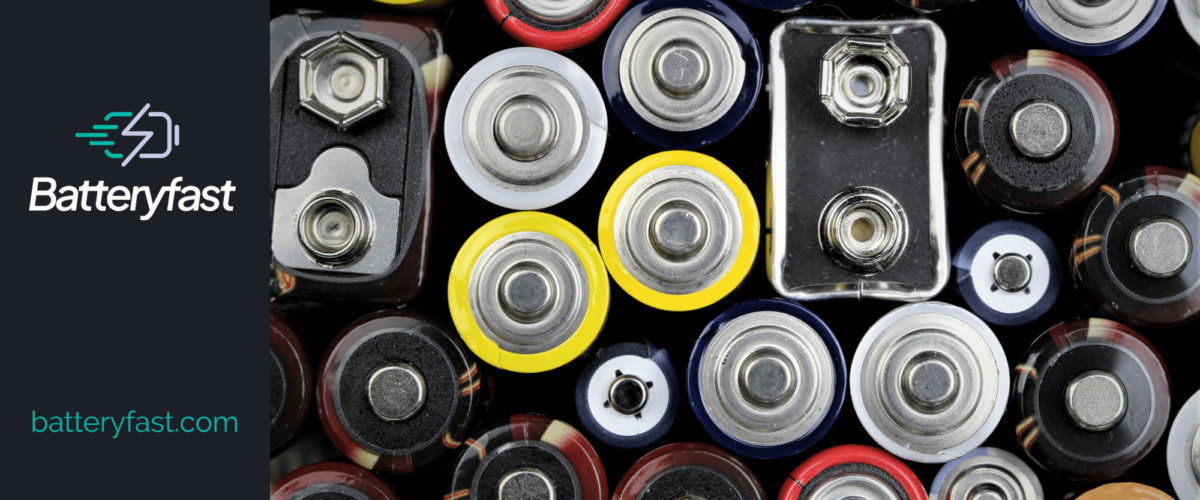Originally invented in 1841 by a scientist called Alexander Bain, the Earth Battery works by harnessing the electrical power of the earth to deliver an electrical charge. Alexander Bain was attempting to power telegraph lines when he discovered that burying a pair of electrodes made from different metals in damp ground or in water allowed natural electrical currents to flow between them, generating approximately 1 volt of electricity. He determined that the damp soil acted in the same way that the electrolyte solution does in a voltaic cell.
Unlike many of the early battery experiments which have been overtaken by the advent of more modern technologies, the earth battery is rapidly making a comeback as people around the world attempt to combat the rising cost of powering their homes. The earth battery provides a renewable and inexhaustible source of electricity that can easily be built by a layperson in their own garden using copper spikes (cathodes), galvanised nails (zinc anodes) and copper wire.
Typically, earth batteries can deliver up to 5 volts which is enough to power electronic devices such as lights, mobile phones and radios. Earth batteries deliver a continuous charge when water is present in the soil or when decomposing organic material in compost heaps releases electrons. With just a small amount of maintenance to ensure that the soil remains moist, it is possible to make excellent use of the free electricity generated by the earth itself.
For this reason, earth batteries are being hailed by many people who live off-grid as a sustainable solution to powering homes in the future. Small earth batteries can be created indoors but to power a whole home, it is necessary to erect the setup outside because to generate the most power, it will be necessary to plant a series of zinc and copper electrodes at least five feet from each other.
You can build your own earth battery for as little as £10, or even less if you already have some parts lying around: electrodes (such as copper and zinc rods), electrical wire, alligator clips, soil(or manure).
A small earth battery with these mentioned materials can power a small device, like a lightbulb or a digital clock. If you want to build a more powerful earth battery to power more thirsty devices, like lights in your home, you will need to invest in some bigger and better materials, as well as have enough land to build the battery on. Small earth batteries can be built in a bucket and carried around, whereas a large earth battey needs a large static area.

